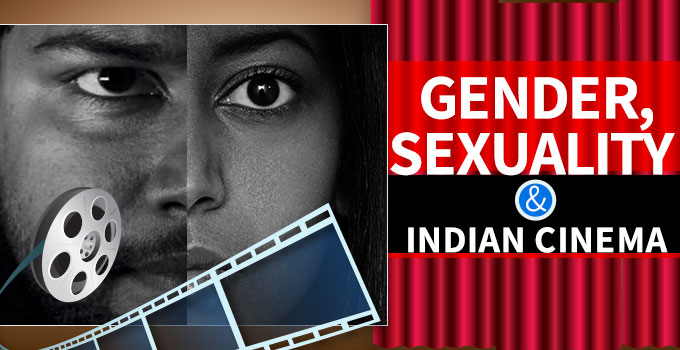Growing up in an Indian household is difficult, even more so if you intend to do just that – grow up. In our culture, there is often no space left to introspect over our cracks. It is perhaps because of this very reason that despite being in the 21st century, we cannot yet say we have been good ‘allies’.
The LGBTQ+ community is till date represented (if at all) as an accumulation of all the stereotypes we have collected over the years. So, you can count on a gay man being shown wearing tight (preferably pink) clothes and swaying arms, a transwoman as nothing more than a man cross-dressing, and lesbians probably shunned away in a corner. How dare they try to liberate their sexuality, anyway?
Randu Penkuttikal (1978), is often referred to as the first Indian movie to show a lesbian relationship. The Malayali movie depicts a girl hopelessly in love with her junior, another girl, making her intentions crystal clear. However, search for the movie online, and you will only find descriptions of a movie about two ‘close’ friends. What is it that scares us so much about a lack of heteronormativity? Heteronormativity and the classical case of overly “masculine” male leads. Be it Mithun or Amitabh Bachchan from the earlier decades, or Tiger Shroff from today, it seems like there is no other possibility for a male representation than beefed up macho-men. Either that, or even mildly feminine male characters resorted to a funny corner; take your pick.
Can you remember the last time you saw a male character dressed up in women clothes, but not for the purpose of mockery? Be it The Kapil Sharma Show or the song ‘Mere angane mein’ from the 1981 movie Laawaris, the results will leave a decent human sighing, searching for an escape. And when Bollywood finally decided to introduce lovable queer characters, where did we end up? With movies like Dostana and Student of the year. You simply cannot dislike Sameer (Abhishek Bachchan) from Dostana, or the Principal Dean played by Rishi Kapoor in Student of the Year. However, how right has that representation been? Sameer was shown as a guy wearing florals and pink all the time, walking with all the stereotypes attached to gay men. Rishi Kapoor was shown as a feminine man, ‘comically’ trying to sabotage a straight man’s marriage. Why can’t we have a simple, more realistic and less extreme representation of the LGBTQ+ people for once?
How many more years till we realize sexuality and gender might go hand in hand, but are not the same thing? You do not need to make a male character ruthless, embracing violence, and playing ‘protector’ as a proof of his heterosexuality. Neither do you need to paint all gay characters into pink and glitter (try Fawad Khan played Rahul from Kapoor and sons instead), and all lesbian characters as wanna-be men. And transgender people? A simple beginner’s instruction is to learn the difference between transgender, crossdressing, intersex and hizras.
Our entertainment industry needs to shift its focus away from portraying queer characters as a source of giggle and sensuality, and perhaps consider the ‘unimaginable’ possibility that we are all people. Alive, breathing, and beyond the rigid societal labels of sexuality and gender.





